Last month, our Welding Centre staff assessed welding productivity and automation capability for seven of our members.
This was a feasibility study to test our Minimum Viable Product (MVP) and determine if such assessments could:
a) add value to individual members; and
b) identify common issues that we could assist members generically to address.
Using our networks to solve members’ problems
These assessments were conducted in collaboration with the University of Wollongong’s Facility for Intelligent Fabrication (FIF).
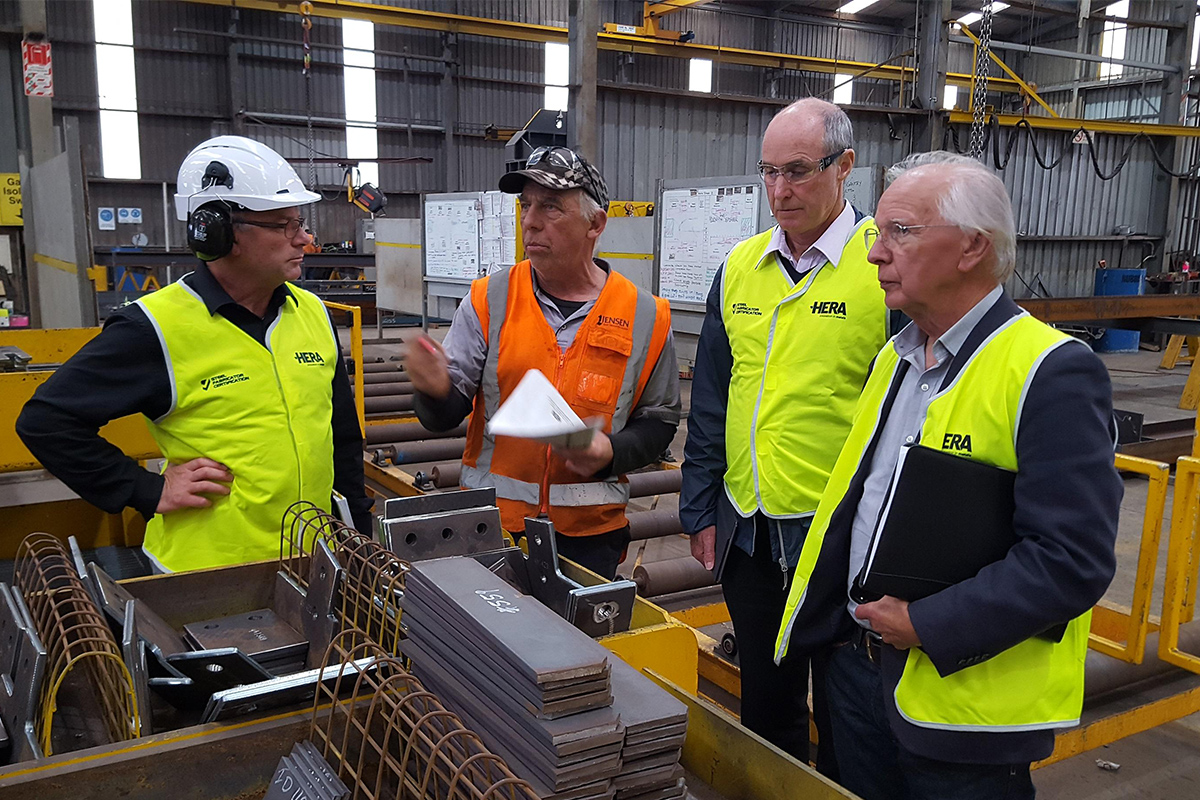
Prof Chris Cook (former Executive Dean of Engineering and Informatics at the University of Wollongong) and Prof John Norrish (Professor Emeritus of Materials Welding and Joining) came from FIF to assist us with these assessments.
What did we evaluate?
The assessments evaluated performance against ten criteria:
- ISO 3834:2 – do we fully implement a quality management system to this standard?
- Welding 4.0 – do we fully implement Welding 4.0 concepts (interconnectivity, in-process control, data collection, visualisation, equipment capability, data analysis, staff capability)?
- Workshop layout – do we have the optimal workshop layout for the range of products considered?
- Processing equipment – do we have the optimal processing equipment?
- Positioning equipment – do we have the optimal positioning equipment?
- Welding equipment – do we have optimal welding equipment?
- Workshop – do we implement all process in a correct way in the workshop?
- Automation – do we have the optimal level of automation for our fabrication?
- Data analysis – do we collect and analyse quality and productivity data in a systematic way?
- Innovation – do we implement a strategy of innovation aiming at continuous improvement of processes and equipment?
Participants were rated against each of these criteria and compared to the mean values across all participants. Opportunities for improvement were identified and recommendations made.
Where to from here?
We’ll now follow-up individually with each participant. We’ll also review the common actions and develop a plan to assist the industry more broadly.
Three improvement areas were identified as being common:
- Data collection
- Data analysis
- Independent comparative cost/payback analyses for potential automation and welding systems
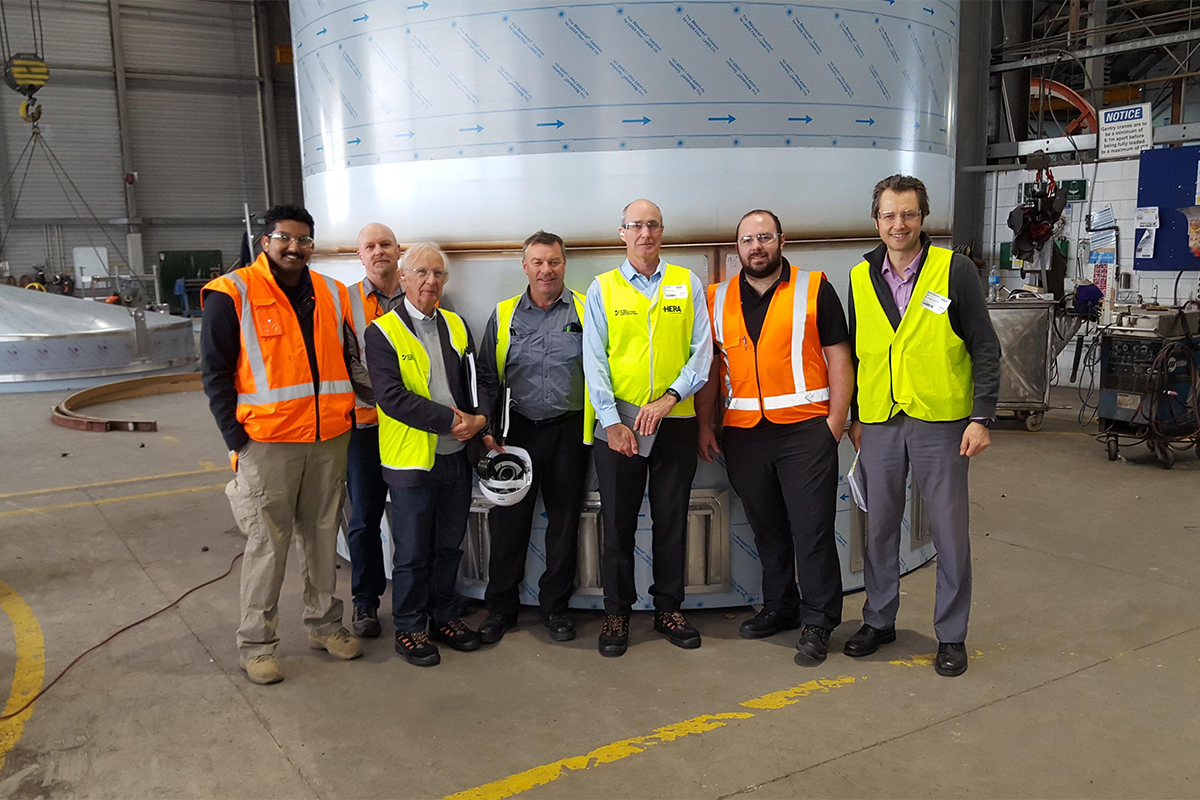
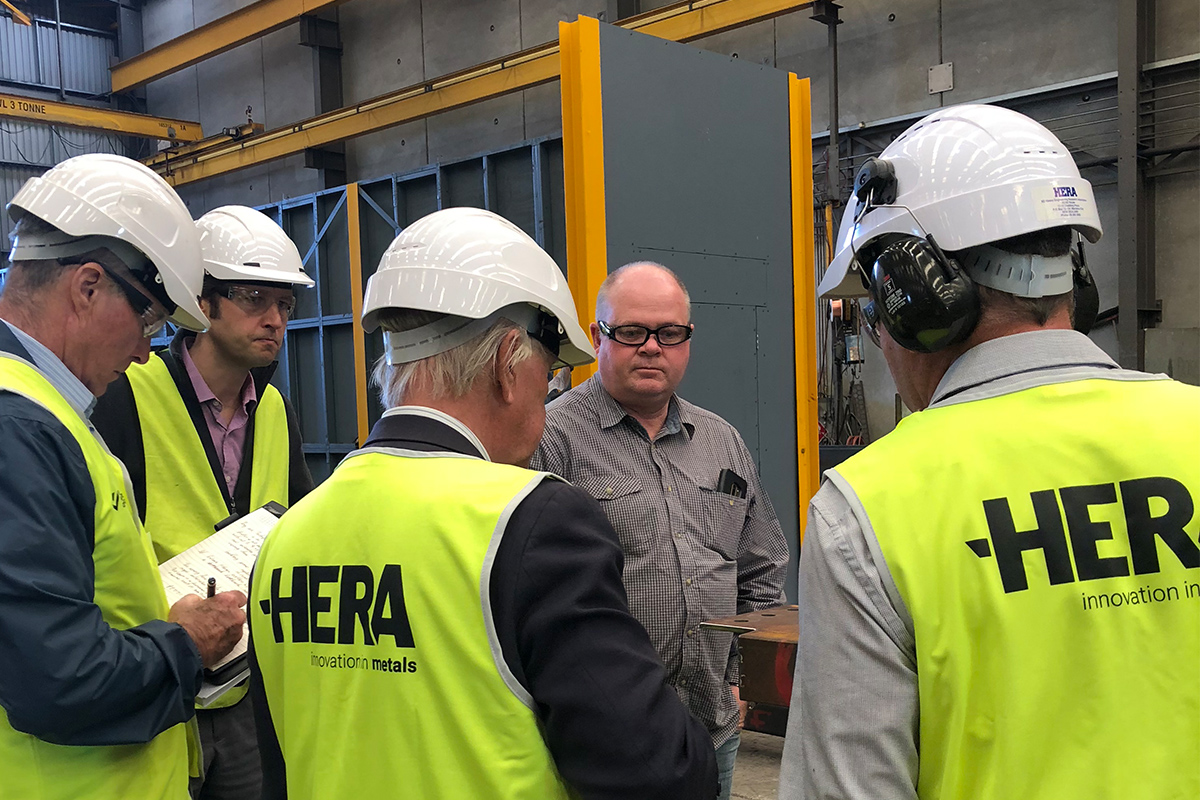
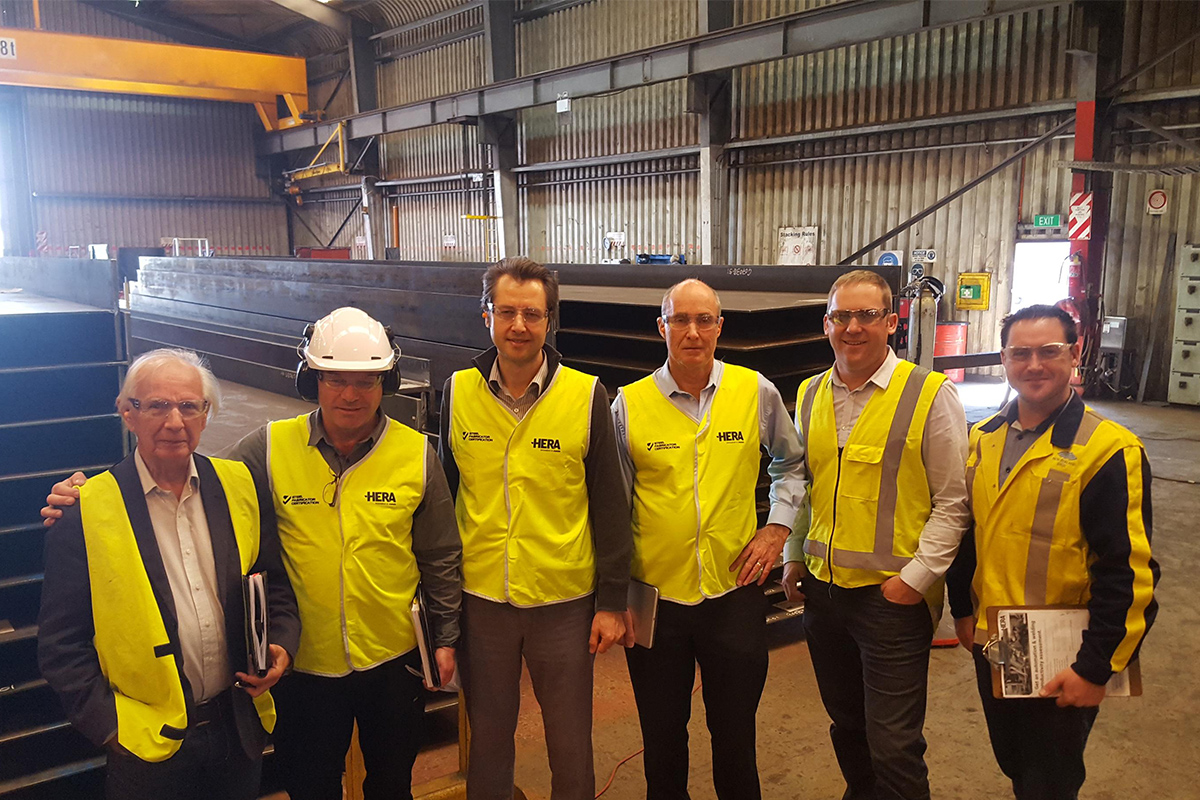
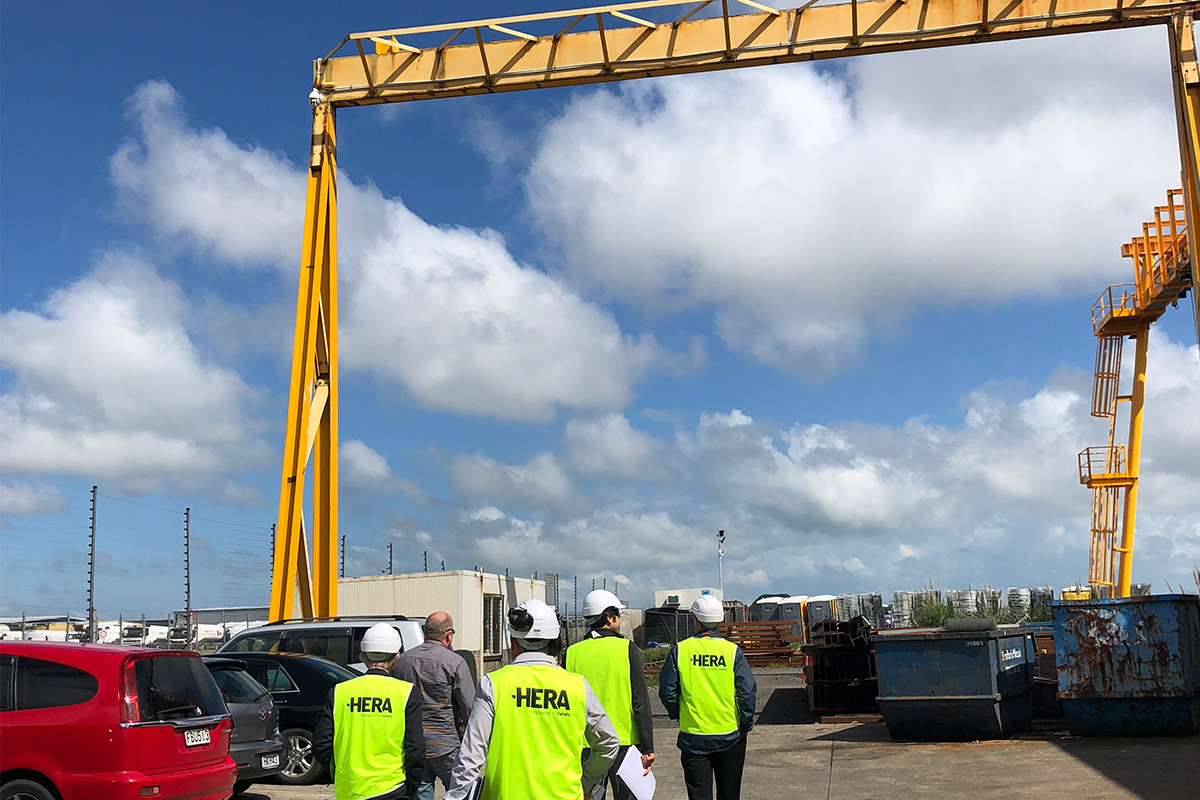
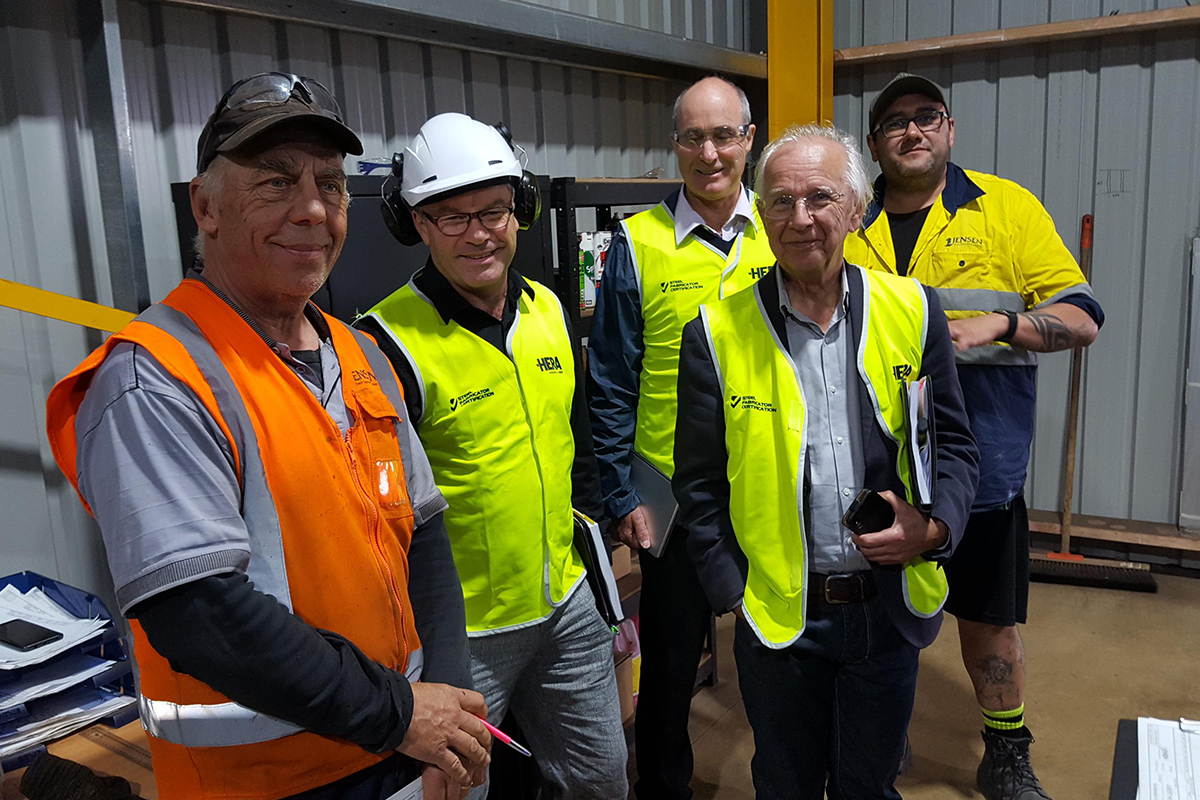
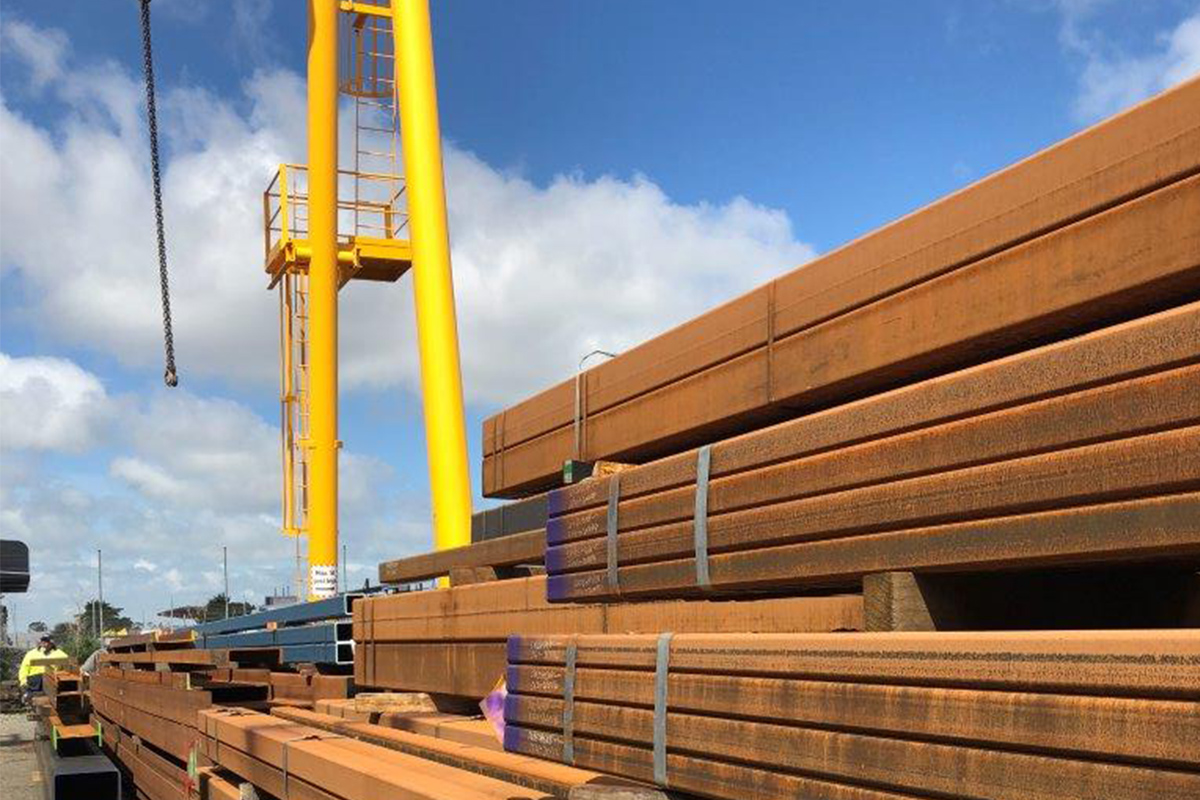
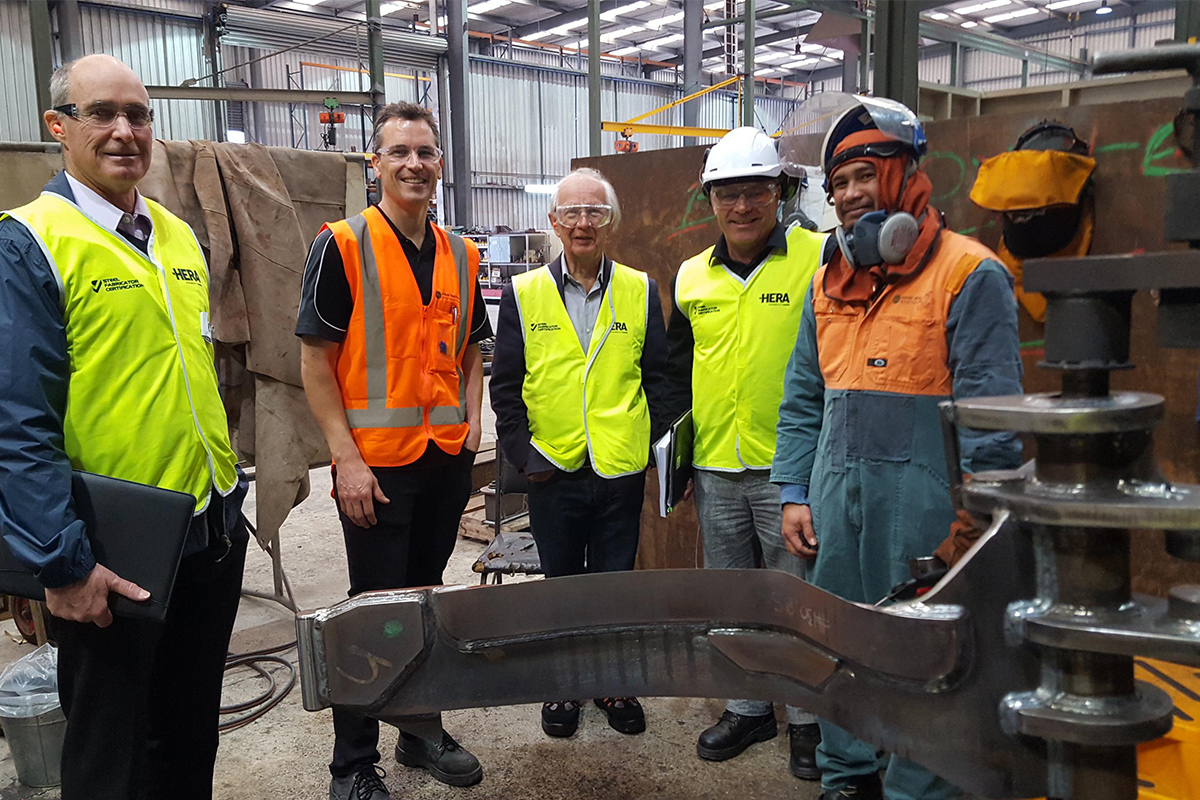
Now that we’ve identified a need for these assessments, we’ll start to offer welding productivity assessments as a new service available to our members. We’ll also work further on the automation assessments.
We already have a research project running on data collection and analysis (a Welding 4.0 project), which fits naturally with the first two points. We’re in discussions to expand this capability in automation and robotics and will collaborate further with the FIF to do so.
We also want to explore the option of developing Innovative Fabrication Groups, with the first being an Automation (IFG-A) group. Through such groups, we’ll coordinate services for like-minded members. For example, we’re in the process of facilitating a study visit to the University of Wollongong’s Facility for Intelligent Fabrication. This would then become an activity that IFG-A groups can participate in, as well as exclusive training and sharing of insights.
Interested to be a part of this movement?
Please contact our General Manager Welding Centre Michail Karpenko to register your interest in a welding productivity assessment or to join our Innovative Fabrication Group for Automation.
We’re potentially visiting the Facility for Intelligent Fabrication in November so time is of the essence if you’d like to be part of this trip!
